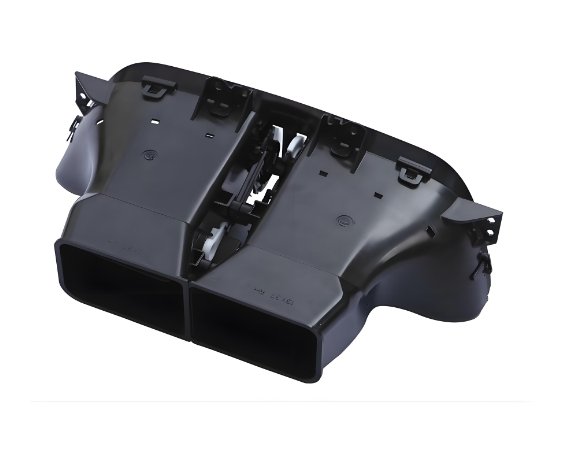
Housing Injection Molding is a specialized manufacturing process used to create protective enclosures, or housings, for various electronic devices. This technique involves injecting molten plastic into a precisely engineered mold to form components that meet exact specifications. The process is integral to producing durable, high-quality housings that protect sensitive electronic components from environmental factors and mechanical damage.
The Housing Injection Molding Process
The Housing Injection Molding process comprises several critical steps:
- Design and Prototyping: Engineers design the housing component, considering factors like size, shape, material, and functionality. Prototypes may be created using 3D printing to test the design before full-scale production.
- Mold Creation: A skilled Mold Maker fabricates the mold based on the finalized design. This mold must be precise to ensure the housing components meet all specifications.
- Material Selection: Thermoplastics are commonly used due to their durability and versatility. The choice of material affects the housing’s strength, flexibility, and resistance to environmental factors.
- Injection Molding: The selected plastic material is melted and injected into the mold cavity. Once cooled, the solidified housing component is ejected from the mold.
- Finishing and Quality Control: Post-processing may include trimming excess material, surface finishing, and rigorous quality checks to ensure each housing meets the required standards.
The Role of the Mold Maker
The Mold Maker plays a pivotal role in Housing Injection Molding. Their responsibilities include:
- Designing Molds: Using CAD software, Mold Makers design molds that accurately reflect the housing component’s specifications.
- Fabricating Molds: They machine the molds from metals like steel or aluminum, ensuring durability and precision.
- Maintenance and Repairs: Regular maintenance of molds is essential to prevent defects and prolong their lifespan. Mold Makers are responsible for inspecting and repairing molds as needed.
Their expertise ensures that the injection molding process produces consistent, high-quality housing components.
Advantages of Housing Injection Molding
Housing Injection Molding offers several benefits:
- High Precision: The process allows for the production of complex shapes with tight tolerances, essential for electronic housings.
- Efficiency: Once the mold is created, large volumes of housings can be produced quickly and consistently.
- Cost-Effectiveness: For high-volume production, injection molding reduces per-unit costs compared to other manufacturing methods.
- Material Versatility: A wide range of thermoplastics can be used, allowing for customization based on the housing’s required properties.
Applications of Housing Injection Molding
This manufacturing process is widely used in various industries:3ERP
- Consumer Electronics: Producing housings for smartphones, laptops, and other devices.
- Automotive: Creating durable enclosures for electronic control units and sensors.
- Medical Devices: Manufacturing protective casings for diagnostic and monitoring equipment.
- Industrial Equipment: Developing robust housings for machinery controls and instrumentation.
Challenges in Housing Injection Molding
Despite its advantages, Housing Injection Molding presents certain challenges:
- Initial Investment: The cost of designing and fabricating molds can be high, making it more suitable for large-scale production.
- Design Limitations: Complex designs may require advanced mold-making techniques, increasing time and cost.
- Material Constraints: Not all plastics are suitable for injection molding; material selection must consider factors like flow characteristics and cooling rates.
The Future of Housing Injection Molding
Advancements in technology continue to enhance Housing Injection Molding:
- Automation: Increased use of robotics and automation improves efficiency and consistency.
- Simulation Software: Advanced software allows for virtual testing of mold designs, reducing development time.
- Sustainable Materials: The industry is exploring biodegradable and recycled plastics to reduce environmental impact.
Housing Injection Molding is a critical process in manufacturing durable and precise electronic housings. The expertise of the Mold Maker ensures that each component meets stringent quality standards. As technology evolves, this manufacturing method will continue to adapt, offering improved efficiency, sustainability, and design capabilities.
